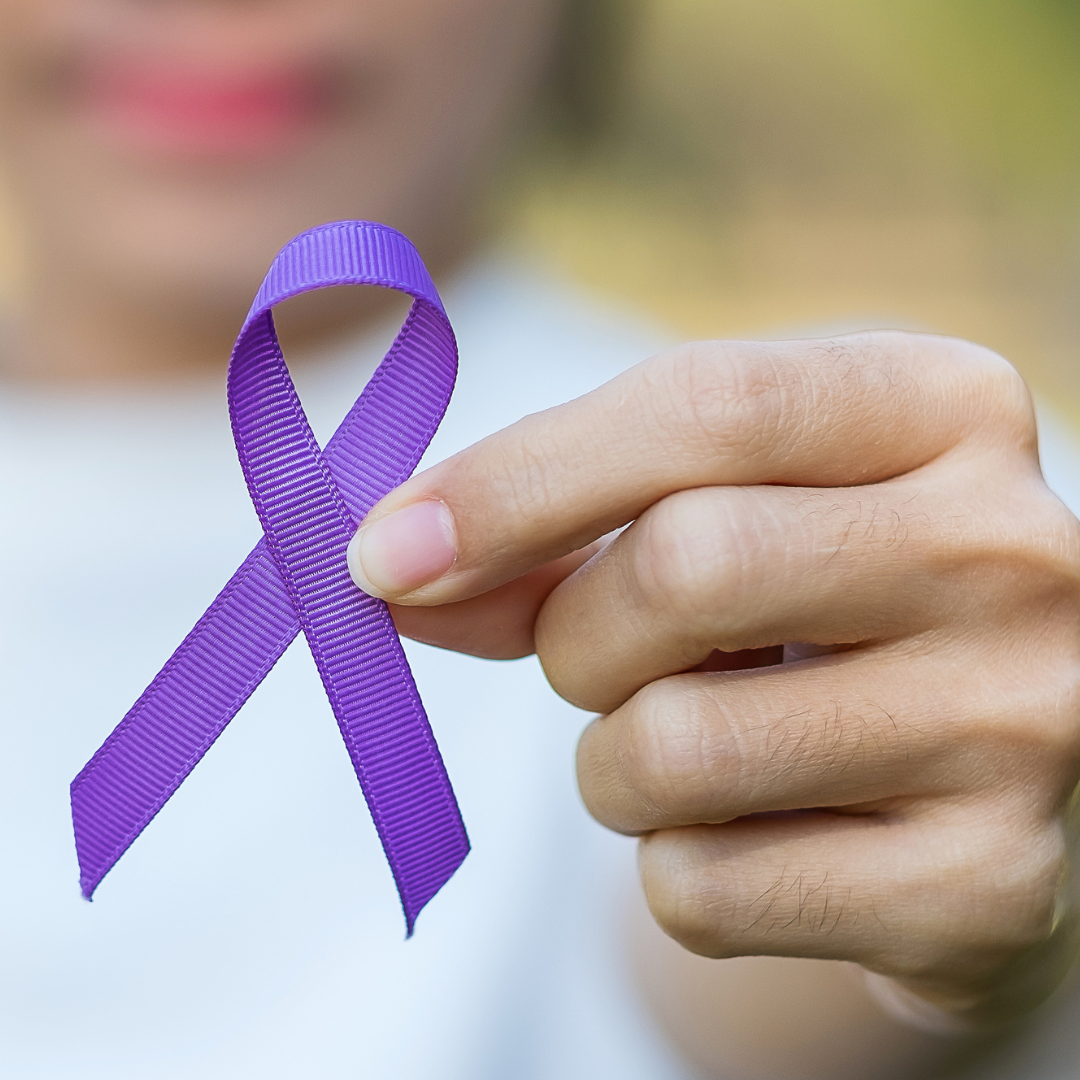Every October, Sierra Community House observes Domestic Violence Awareness Month. According to the National Domestic Violence Hotline, nearly 3 in 10 women (29%) and 1 in 10 men (10%) in the US have experienced rape, physical violence, and/or stalking by a partner. Our communities in North Lake Tahoe and Truckee are not immune to these issues.
In her role as Bilingual Crisis Advocate at Sierra Community House, Stephanie supports community members who have experienced domestic violence in their journey toward recovery and independence, whether they are in the process of leaving a harmful relationship, or if they have already done so.
Today Stephanie shares more about how she supports community members in her role and in our Rapid Rehousing Program.
1.What are some of the ways you support victims of Domestic Violence in our community?
The work I do revolves around guiding individuals on their path to recovery and self-sufficiency… to help them feel their most independent! I support community members through monthly financial management case meetings, budget planning, and setting achievable goals. In addition to work/financial goals, I love to encourage my clients to come up with one personal goal that can help them feel happier and healthier. Recently, one community member wanted to incorporate more walks into her daily routine. She shared that it’s helped her relax and find more peace.
2. What is the most rewarding part of your job?
The most rewarding aspect of my position is the opportunity to support community members in times of need and witnessing their success. A recent example that stands out is when I assisted a community member in securing housing after she left an abusive relationship. We provided assistance for her deposit and covered six months of rent. With each passing month, she managed to save a little more, and our support became less necessary. After six months, she confidently declared, “I’ve got this.” She took pride in achieving her financial budgeting goals and adapting her lifestyle, such as opting for home workouts over gym memberships.
3. What initially drew you to the job and the team?
I’m naturally a helper, and I’m happiest when I’m making a positive impact on the lives of others. Even seemingly small gestures, like providing a gas voucher to help a community member visit their family, can make a significant difference. One community member worked really long hours to make ends meet and really wanted a TV so she could come home and relax. Sierra Community House bought her a TV, and she was so grateful!
4. What is one thing you’d like people to know about Sierra Community House that they may not know?
We’re here to help our community, however we can. Even if someone doesn’t qualify for my particular program (rapid rehousing program), they won’t be turned away. We have other resources, and will always try our best to support those who ask for our help.
5. What keeps you optimistic about the future?
What keeps my optimism alive for the future is the opportunity to educate and spread awareness about domestic violence in our community. We’re not only equipping community members with the tools they need to protect themselves, but also building a culture of empathy, support, and prevention. It’s like laying the groundwork for a brighter and safer tomorrow where we’re more aware of domestic violence, actively addressing it, and reducing its impact. We’re doing this work alongside the incredible strength and determination of survivors, and that gives me real hope that we can truly make a positive and lasting change in the battle against domestic violence.
6. How can people support the important work you’re doing?
By supporting each other, especially those who have experienced abuse and domestic violence. And by fostering a culture of empathy, understanding, and solidarity, particularly when it comes to listening and believing those who have endured abuse and domestic violence.

Recent News





